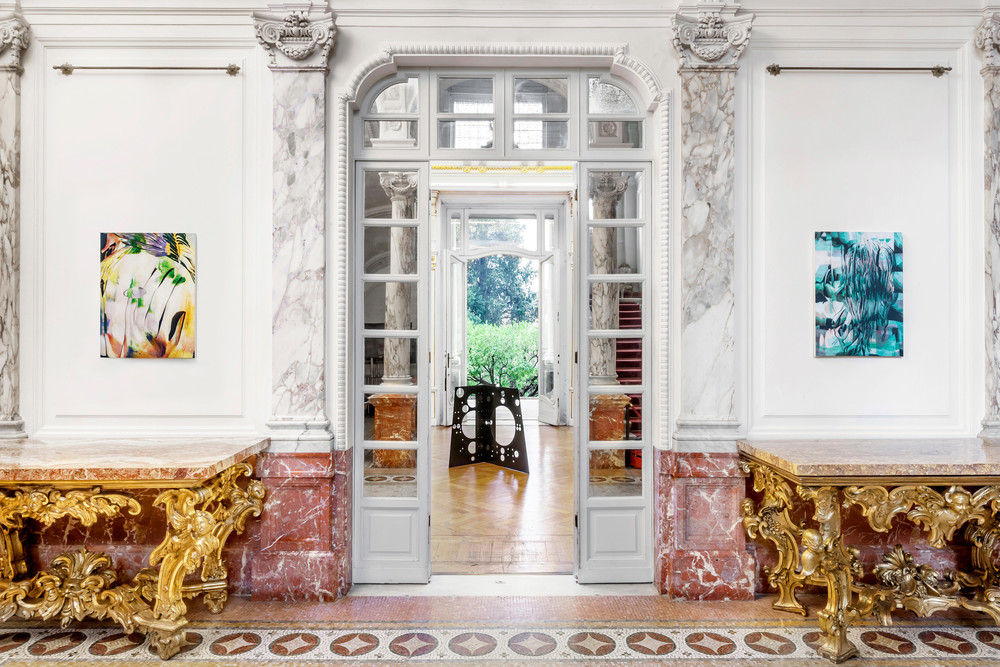
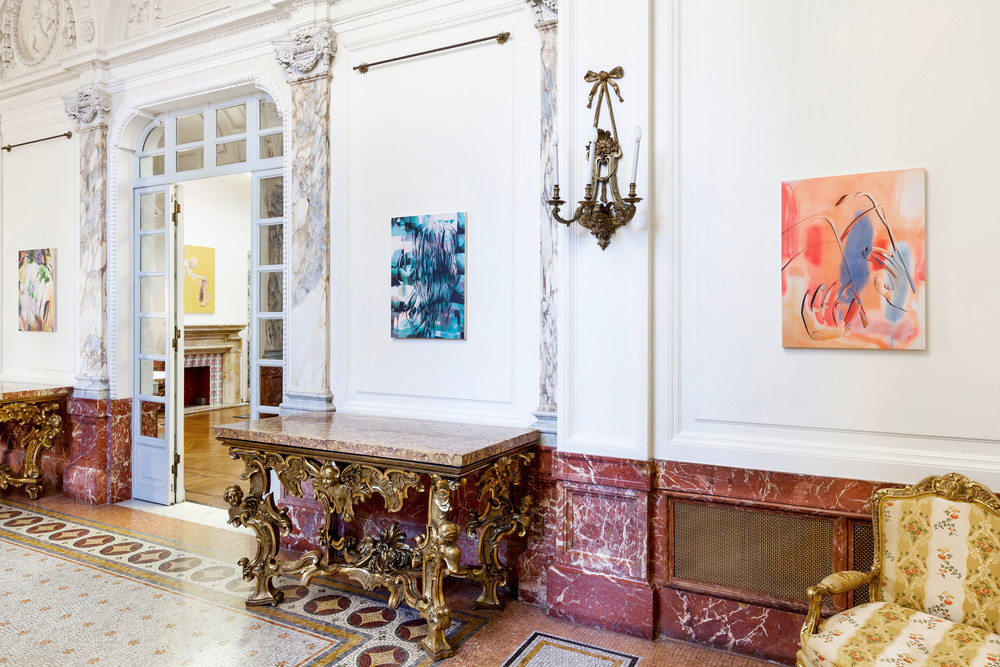
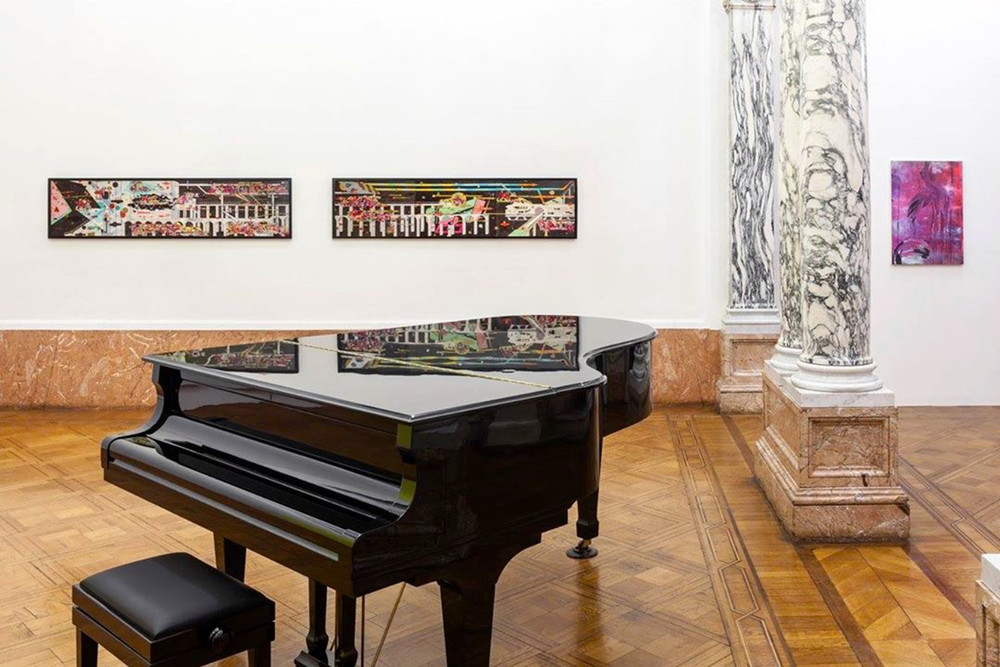
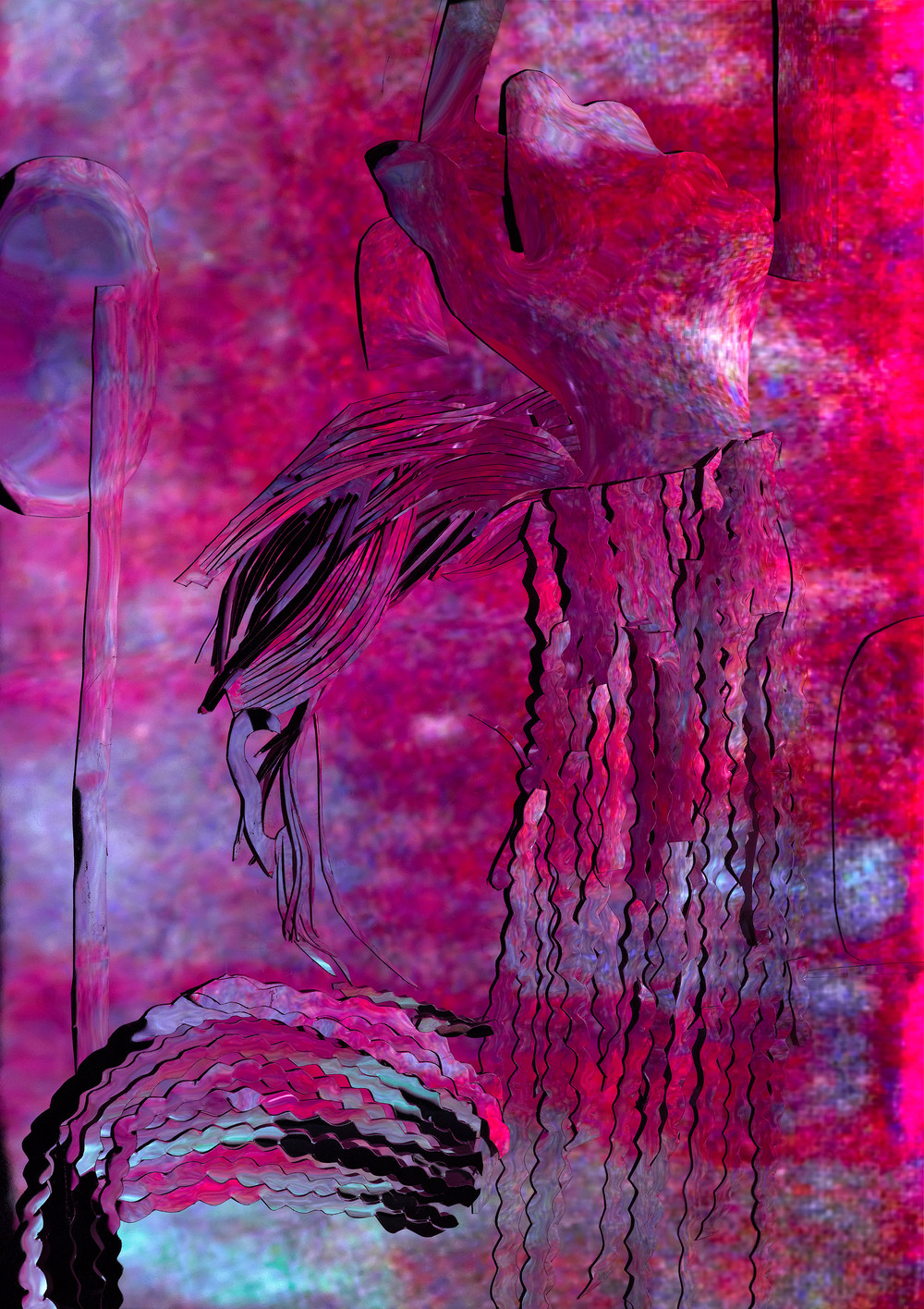
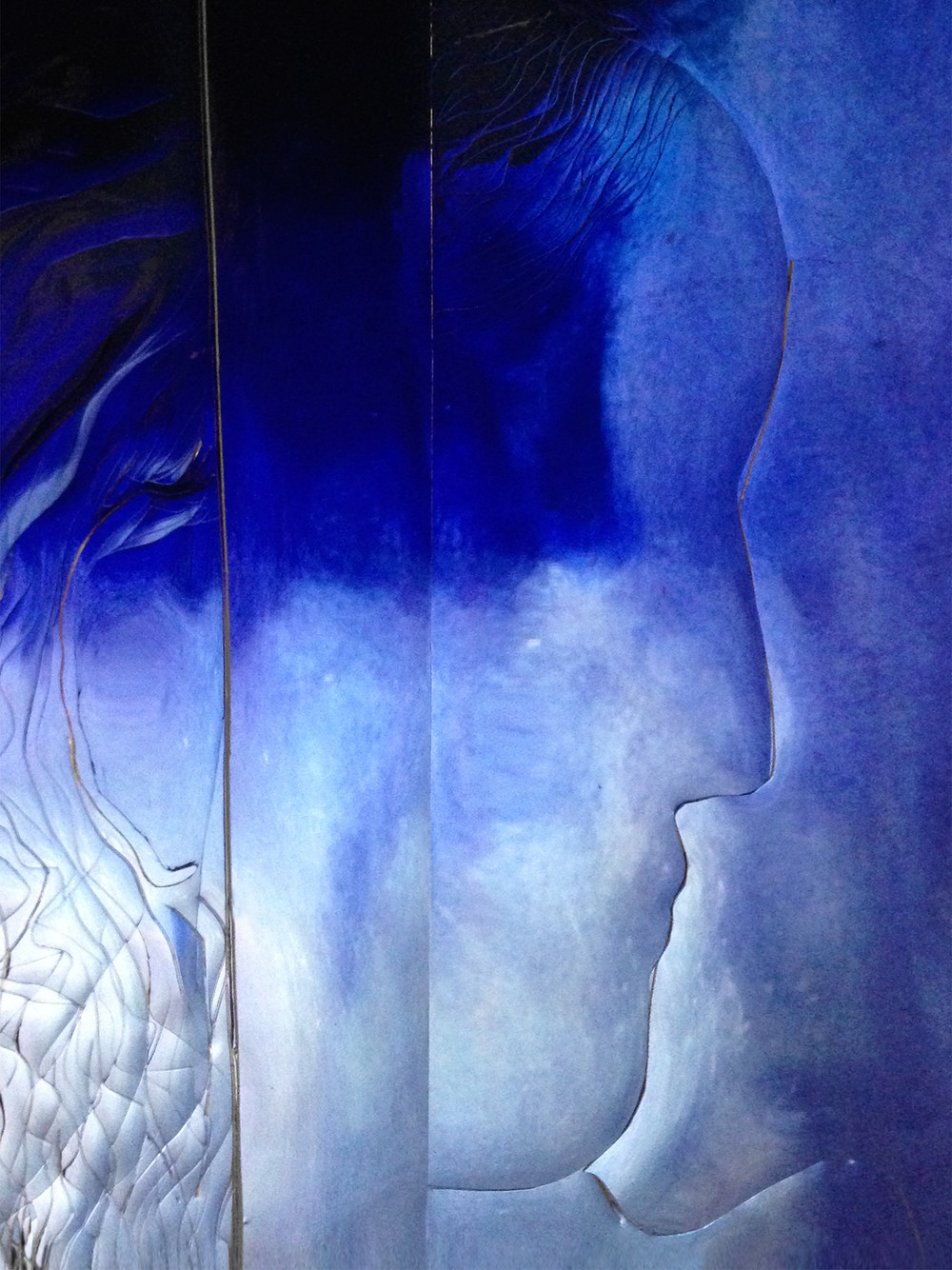
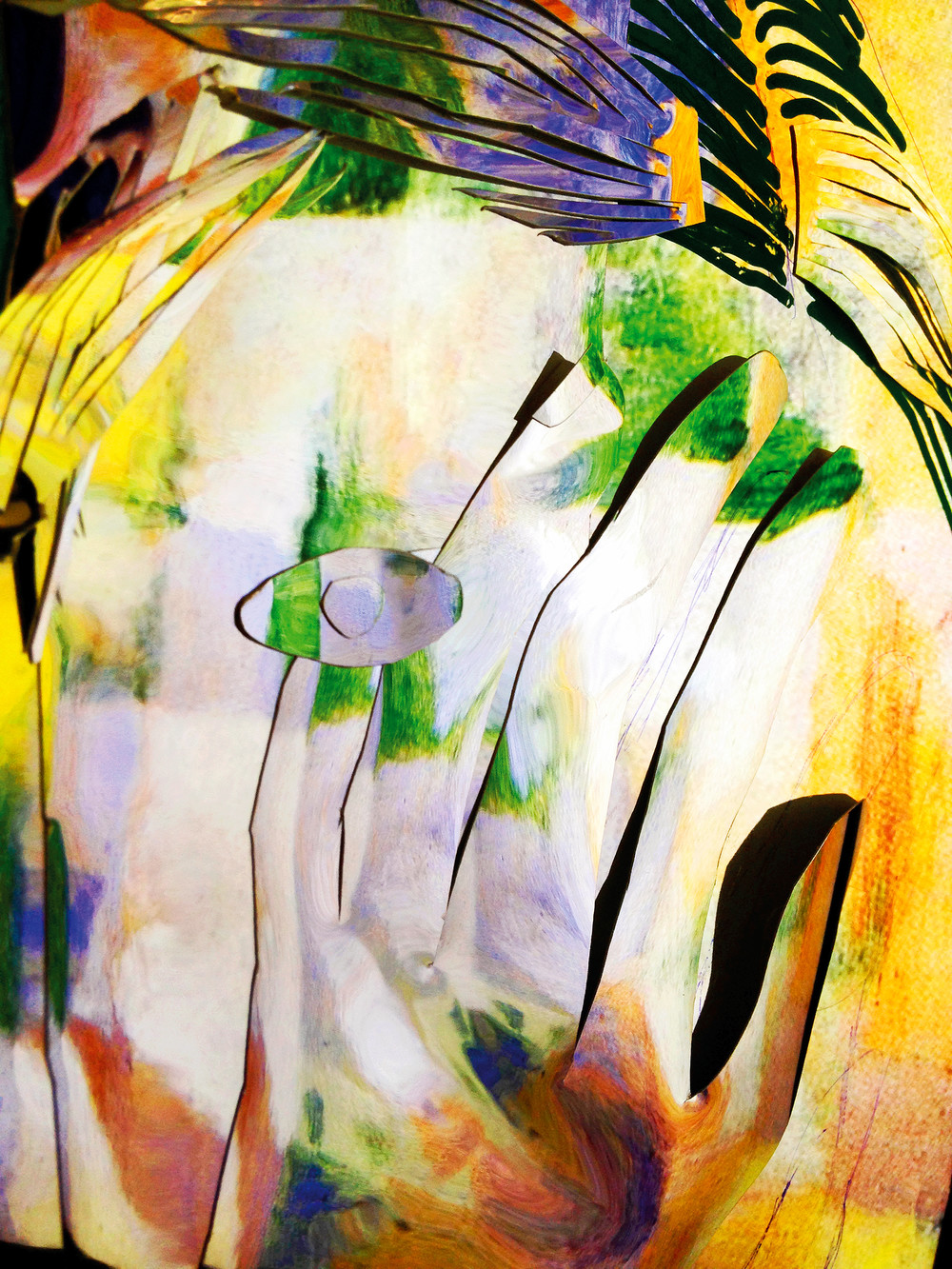
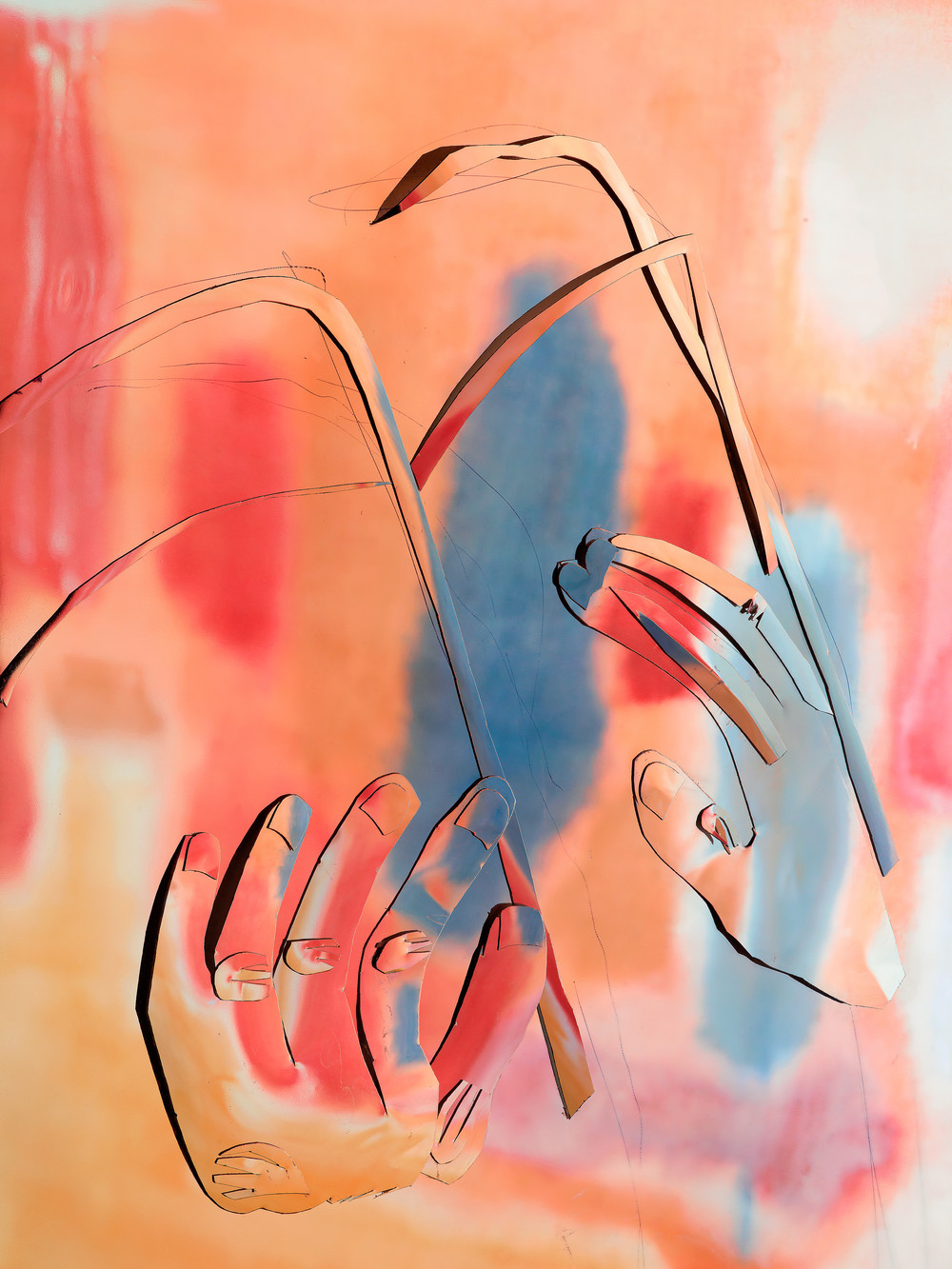

Istituto Svizzero, Rome
La Velocità delle Immagini, Swiss Institute, Rome, Italy
26.10.16–21.01.17
Curated by Samuel Gross
Photo credit: OKNOstudio
Istituto Svizzero di Roma presents the group show La Velocità delle Immagini (The Speed of Images), a reflection on the relationship between speed, modernity and art. The exhibition includes works by artists from different periods, such as the Futurist Giacomo Balla and the artists Sylvain Croci-Torti, Chloé Delarue, Nicolás Fernández, Louisa Gagliardi, Miriam Laura Leonardi, Emanuele Marcuccio, Rammellzee, Manon Wertenbroek and Urban Zellweger.
While recent developments of online information tools seem to have pushed images to maximum speed of circulation on a worldwide level, this exhibition sets out, through a collage effect, to suggest that this perception of flow and acceleration has already offered interstitial zones, for some time, which artists can legitimately occupy. From the early years of the last century, Futurism paid tribute to speed as one of the essential values of the modern age, also suggesting that the physical observation of its effects could provide the stimulus for an aesthetic reversal.
Curving lines, breaking up straight lines, fragmenting colors, Giacomo Balla created an iconography of speed, projecting painting into an abstract kinetic space. But the world of mechanical velocity and the reproducibility of images is also that of the urban explosion, of the exponential increase of dimensions in settlements that become gigantic cities. The least affluent, pushed away from urban centers, find themselves dependent on mass media and public transport, on those objects without origin that the “writers” of the 1980s deploy to take possession of cities and to dream of an identity that can go beyond their present condition. Thus Rammellzee imagines an astral, retro-Futurist and redeeming astral destiny, charged with the unfulfilled promises of modernity.
Through a strange effect of chronological condensation, not far from the ecstatic and only slightly morbid modern hope of Balla, and from the whimsical disillusion of Rammellzee, the questions of identity posed by the circulation of knowledge and the explosion of borders and practices become one of the favored spaces of many artists. They are no longer interested in inserting themselves in a tradition, a movement, a field; they simply want to imagine many filters to place over the world. And so if nothing stops the images, artists do not cease to try to even more firmly establish their contours, the colors and reflections left behind by their passage.
Artists:
Giacomo Balla, Sylvain Croci-Torti, Chloé Delarue, Nicolás Fernández, Louisa Gagliardi, Miriam Laura Leonardi, Emanuele Marcuccio, Rammellzee, Manon Wertenbroek, Urban Zellweger, Valentin Carron, Sylvie Fleury


